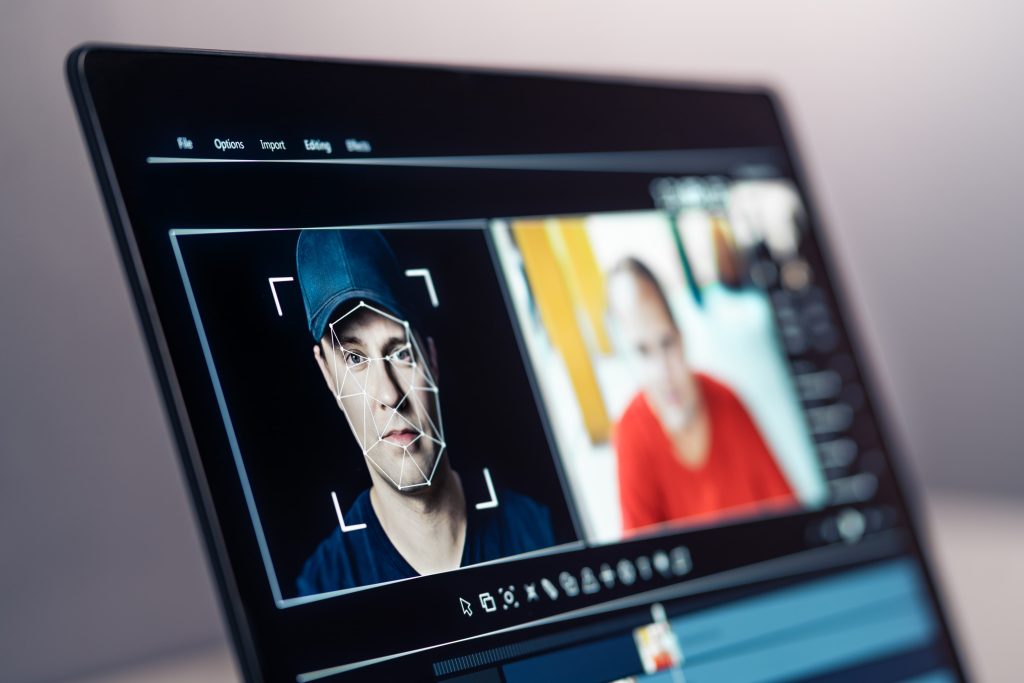Have you ever stumbled upon a video clip of a well-known figure saying something completely unexpected, only to discover it was a fake? Or did you receive an urgent email that appeared to come from your boss, but something about it just didn’t seem right? These are examples of what are known as deepfakes.
Deepfakes are a form of artificial intelligence technology that creates highly realistic but entirely synthetic media. This can be in the form of video, audio, or even text that mimics a real person’s appearance or voice. While deepfakes can be used for harmless purposes like entertainment, they also have a darker side, with the potential to spread misinformation, damage reputations, or even impact financial markets.
For example, in 2024, a deceptive robocall featuring the mimicked voice of a political candidate misled voters by making false statements. This misuse highlights the importance of recognizing and understanding deepfakes—especially for small business owners who need to safeguard their operations.

Detailed Guide on Types of Deepfakes and How to Identify Them
Deepfake technology is advancing rapidly, and understanding the different types and how to spot them is crucial for anyone, especially small business owners who need to maintain the integrity of their information and protect their brand.
1. Face-Swapping Deepfakes
This type of deepfake is often seen in viral videos where a celebrity’s face is superimposed onto another person’s body. For instance, imagine a video where a well-known CEO appears to be giving a controversial speech that they never gave.
To spot these deepfakes, look for mismatches in lighting where the face seems unnaturally bright or shadowed compared to the rest of the scene. Skin tones might not match, or facial expressions could seem distorted at the edges. Hair movements might be out of sync with head movements. It’s also wise to consider the source of the video; a credible news outlet is unlikely to share unverified or manipulated content without disclaimers.
2. Deepfake Audio
Audio deepfakes are becoming increasingly sophisticated, capable of mimicking voices to a tee. For example, there could be an audio clip circulating that purports to be a recording of a tech founder discussing insider trading, designed to manipulate stock prices.
To detect audio deepfakes, listen for slight abnormalities in the voice, such as flat or monotonous tones that could indicate synthetic generation. Check whether the voice matches previous legitimate recordings—both in tone and style. Also, consider the context of what is being said; if the content seems out of character or implausible, it might be fabricated.
3. Text-Based Deepfakes
AI can now write text that closely mimics the style of specific authors or reputable publications. This could involve emails that seem to be sent by a company executive requesting confidential information or fake news posts claiming a business merger.
To identify these, analyze the writing for unusual syntax or errors that the supposed author would not likely make. Cross-reference the facts with trusted sources, and be alert for any content that aims to provoke urgency, fear, or other strong emotions, which is a common tactic in manipulative fake texts.
4. Deepfake Videos with Object Manipulation
These deepfakes take manipulation a step further by altering elements within the video itself. An example could be footage from a security camera that has been doctored to show an employee in a compromising situation that never actually occurred.
Watch how objects and people interact; movements that defy physics—like an item moving unnaturally smooth or fast—can be a giveaway. Shadows and reflections that don’t adhere to natural laws are also tell-tale signs of manipulation. Comparing the questionable video with other video sources or the original, if available, can help confirm discrepancies.
Stay One Step Ahead
Being able to identify these types of deepfakes is essential. Small business owners, in particular, must be vigilant as their business dealings and reputations could be severely impacted by misleading information.
Always scrutinize media, question sources, and confirm facts before reacting to surprising or alarming content. Regular training on media literacy for your team can also be a valuable investment in safeguarding your business’s credibility and security.



